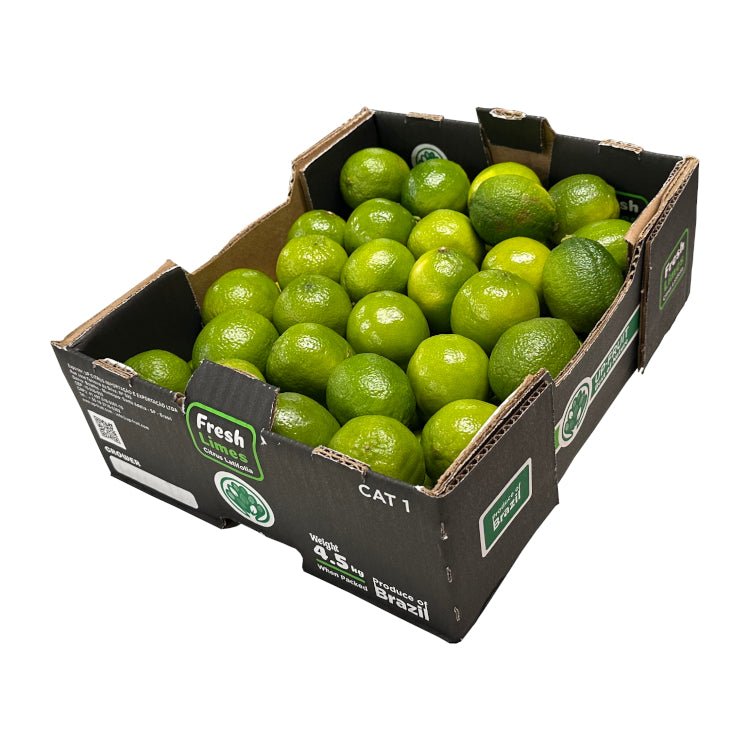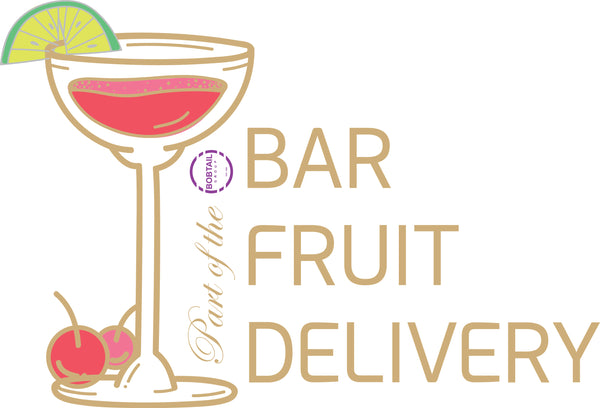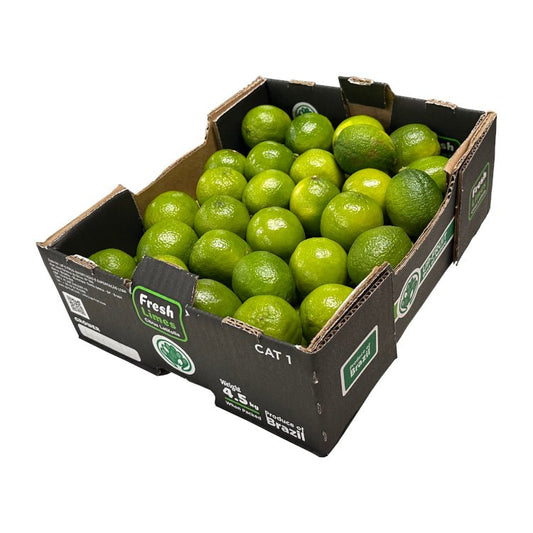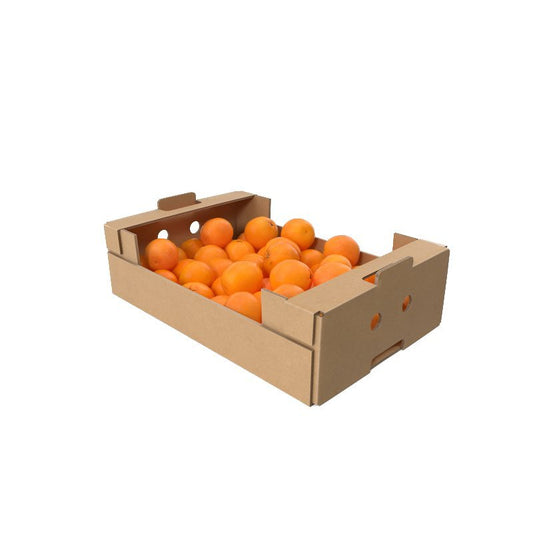In the dynamic landscape of the food industry, sourcing high-quality produce at affordable prices is a top priority for businesses, particularly those in the hospitality sector. Whether you run a bustling restaurant, a cozy café, or a vibrant juice bar, the cost of ingredients directly impacts your bottom line. Fortunately, with the right strategies and resources, you can procure fresh fruits and vegetables without breaking the bank. In this comprehensive guide, we'll explore actionable tips and tricks for buying cheap yet top-notch produce for your business.
1. Build Relationships with Local Suppliers: Establishing strong partnerships with local farmers and suppliers can be a game-changer for your business. Not only does buying locally support the community, but it also often results in lower prices due to reduced transportation costs. Reach out to nearby farms, farmers' markets, and wholesale distributors to inquire about their offerings and negotiate pricing agreements tailored to your business needs.
2. Embrace Seasonality: Opting for seasonal produce is not only cost-effective but also guarantees freshness and flavor. Seasonal fruits and vegetables are typically abundant, leading to lower prices compared to out-of-season varieties. Embrace the natural ebb and flow of produce availability, and adjust your menu or offerings accordingly. This not only saves money but also adds variety and excitement to your offerings as you adapt to the changing seasons.
3. Explore Bulk Purchasing Options: Buying in bulk is a tried-and-true method for saving money on ingredients. Look for wholesale suppliers or cooperatives that offer discounts for purchasing large quantities of fruits and vegetables. While the upfront cost may be higher, the per-unit price is often significantly lower, resulting in substantial savings in the long run. Just be sure to consider storage facilities and turnover rates to prevent spoilage and waste.
4. Consider Imperfect Produce: In today's food industry, there's a growing movement towards reducing food waste by embracing imperfect or "ugly" produce. These fruits and vegetables may have minor blemishes or irregular shapes but are perfectly nutritious and delicious. Many suppliers offer discounted rates for imperfect produce, making it an economical choice for businesses while also contributing to sustainability efforts by reducing food waste.
5. Compare Prices and Quality: Don't settle for the first supplier you come across. Take the time to research and compare prices and quality from multiple sources. While price is important, it should not overshadow the importance of freshness and taste. Conduct taste tests when possible and consider factors such as shelf life and delivery reliability. By striking the right balance between price and quality, you can ensure that you're getting the best value for your money.
6. Utilize Online Platforms and Marketplaces: The internet has revolutionized the way businesses source ingredients, offering access to a wide range of suppliers and competitive pricing. Explore online platforms and marketplaces specializing in wholesale produce, where you can browse offerings, compare prices, and place orders conveniently. These platforms often provide detailed product descriptions, customer reviews, and transparent pricing, empowering you to make informed purchasing decisions.
7. Negotiate Terms and Contracts: Don't be afraid to negotiate terms and contracts with your suppliers. Many vendors are open to customizing pricing and delivery schedules based on your business requirements. Consider signing long-term contracts or agreements for consistent pricing and supply, especially for staple items in your menu or offerings. Building mutually beneficial relationships with suppliers can lead to preferential treatment and additional cost savings over time.
In conclusion, buying cheap fruit and vegetables for your business is not about sacrificing quality for price but rather about making smart and strategic choices that balance both factors. By leveraging local partnerships, embracing seasonality, exploring bulk purchasing options, considering imperfect produce, comparing prices and quality, utilizing online platforms, and negotiating terms and contracts, you can optimize your procurement process and maximize cost savings while delighting your customers with fresh and delicious offerings. With these tips in mind, you'll be well-equipped to navigate the world of produce sourcing and take your business to new heights.





